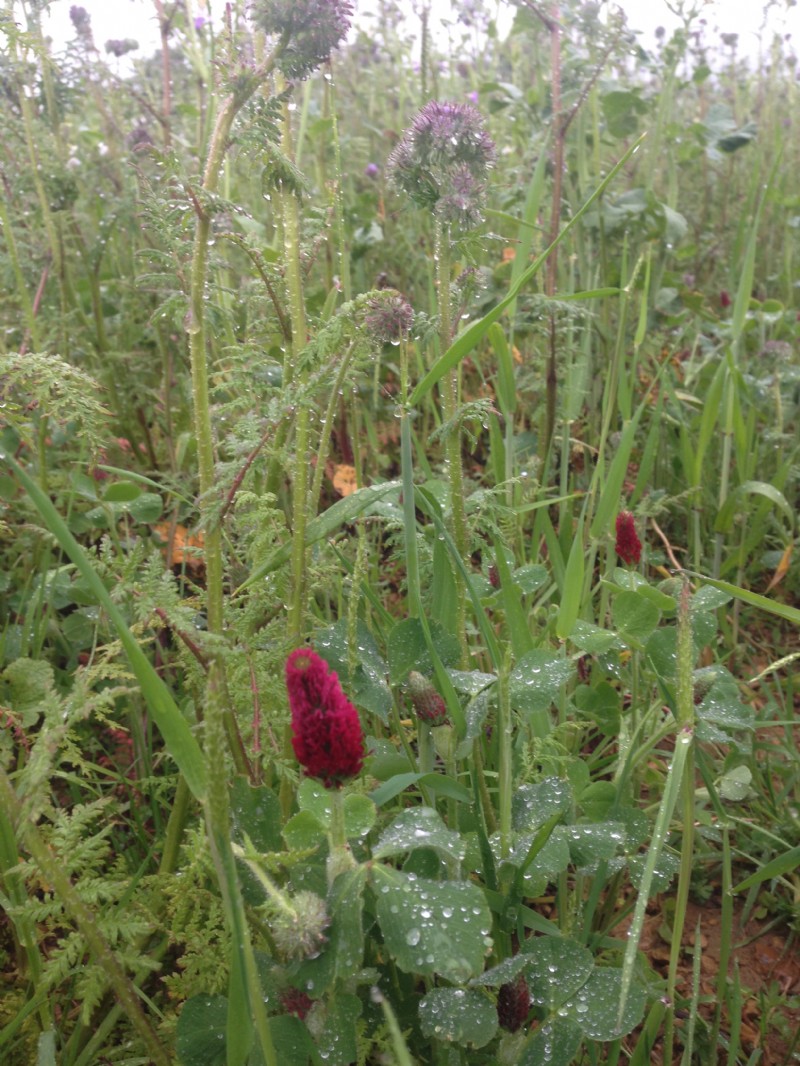

This is a new land management scheme that aims to replace environmental stewardship (ELS & HLS), the English Woodland Grant Scheme and the Catchment Sensitive Farming Programme (CSF). It’s important to remember that all existing environmental agreements will be honoured.
Applications are invited, but there are no automatic entries because it’s a more targeted approach than previous schemes. The main aim is to improve farmland biodiversity, by using the correct environmental management combinations in the right places, to achieve the most beneficial results. In order to have an application accepted, a more joined up approach from geographically linked groups of farmers will help to succeed in securing a place in the scheme.
Indications are that farmers in priority locations, with a history of improving their land for wildlife, are more likely to have their applications accepted. This is to ensure that the funding will be spent where the greatest results can be achieved.
The 3 main elements of Countryside Stewardship are:
Higher Tier - similar to HLS, it includes areas that need complex management for priority species.
Mid Tier - similar to ELS, it includes improving more widespread issues, such as watercourse pollution, pollinator and farmland bird habitat.
Low Tier - A lower tier of capital grants for hedgerow and boundary improvements, this will give access to extra funding for other management actions.
Wild Pollinator and Farm Wildlife Package
This is a group of options in both the Mid and Higher tier, that benefits birds, wildlife and pollinators, which will provide food, shelter and nesting sites throughout the year. The options include management of hedgerows, flower rich margins and plots, legume and herb rich swards and nectar flower mixtures
The Countryside Stewardship scheme has introduced some new mixture options within the Wild Pollinator and Farm Wildlife Package. We have worked with the Wildlife Farming Company which is an industry specialist dedicated to improving environmental benefits within farming.
This package includes a range of ways to provide nesting sites for birds and pollinators: such as flower rich margins, beetle banks, unmanaged field corners in grassland, low input permanent grassland and wildlife options.
Winter food for seed eating birds is another target within this package, it includes options to sow over-winter bird seed mixtures, or to leave ryegrass crops to set seed for over-winter food.
For farmers that do not apply for Countryside Stewardship, small changes can be made to mixtures that will have benefits to threatened groups like pollinators. For example wild flowers, such as wild carrot and knapweed can be added to standard Cross Compliance buffer strip mixes to enhance them. This will help encourage the positive environmental benefits within the agricultural sector, without further reducing the amount of land taken out of production for environmental protection.
The rules and criteria concerning C.S has been updated.
Date Posted: 4th May 2017




